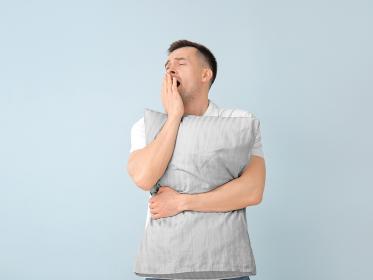What is Bright Light Therapy?
Bright Light Therapy is used to manage circadian rhythm disorders such as Delayed Sleep Phase Syndrome (DSPS), a condition which shifts the normal sleeping pattern outside what is considered the social norm. People who have DSPS generally don’t fall asleep until several hours after Midnight and have trouble waking up in the morning, making adhering to a normal work or school schedule difficult. However, if allowed to follow their own schedules, their quality of sleep is otherwise normal.
Bright Light Therapy is used to gradually shift sleeping patterns to what we consider normal. For treatment, the timing of light exposure is critical. For DSPS, the light must be delivered to the retina as soon after spontaneous awakening as possible to achieve the desired effect. People have also reported success with lights that turn on shortly before awakening, to simulate dawn. Morning use may also be effective for non-24-hour sleep-wake syndrome, while evening use is recommended for advanced sleep phase syndrome.
Light therapy – also called phototherapy – uses a full-spectrum lamp or portable visor, usually 10,000 lux in intensity, for 30–90 minutes at the patient’s usual time of spontaneous awakening, or shortly before. Treatment sometimes uses sunlight. Experimentation with a specialist help will show how much the treatment can comfortably advance.
For maintenance, some patients continue the treatment indefinitely, while some reduce their daily treatment to 15 minutes. Others may use the lamp a few days a week or even every other or third week. The degree of success is different for each patient. Light therapy generally adds a little extra time to the morning routine. If you have a family history of macular degeneration, you should consult with an eye doctor prior to starting Bright Light Therapy.
